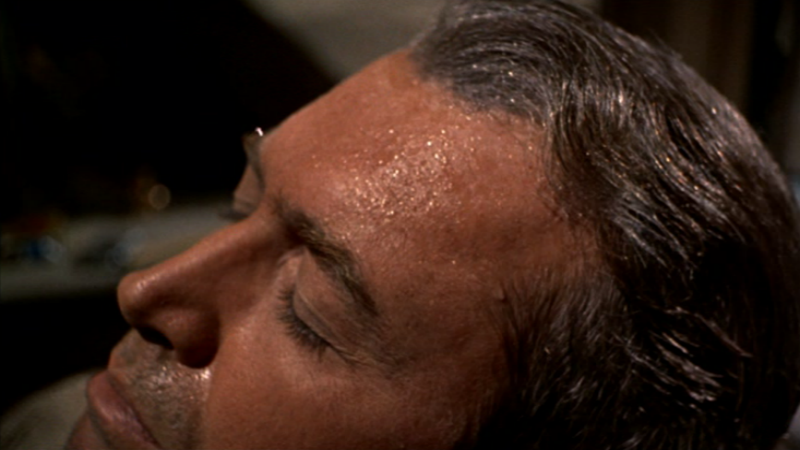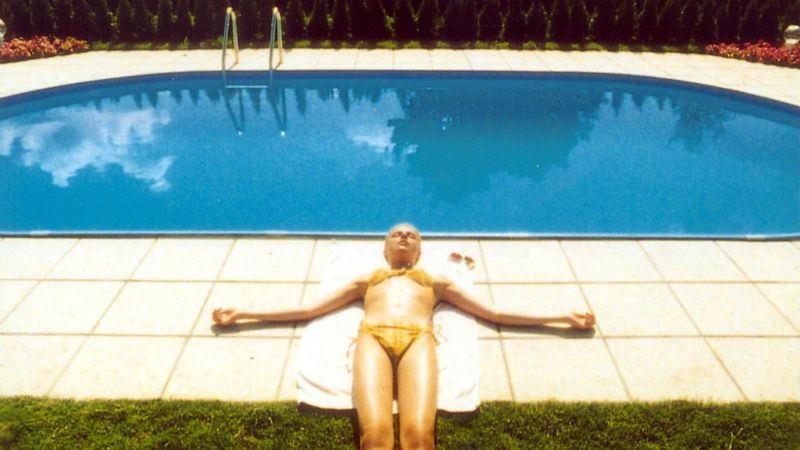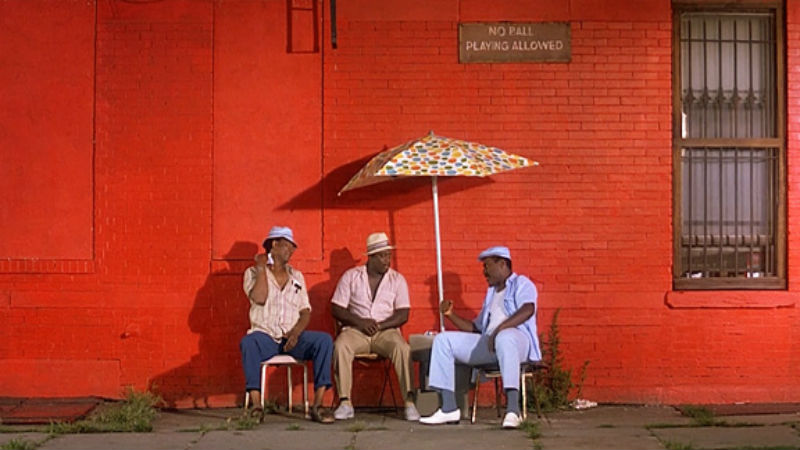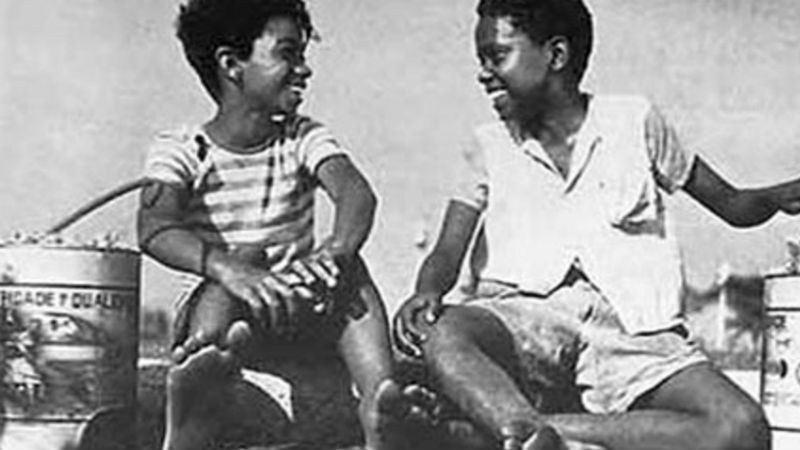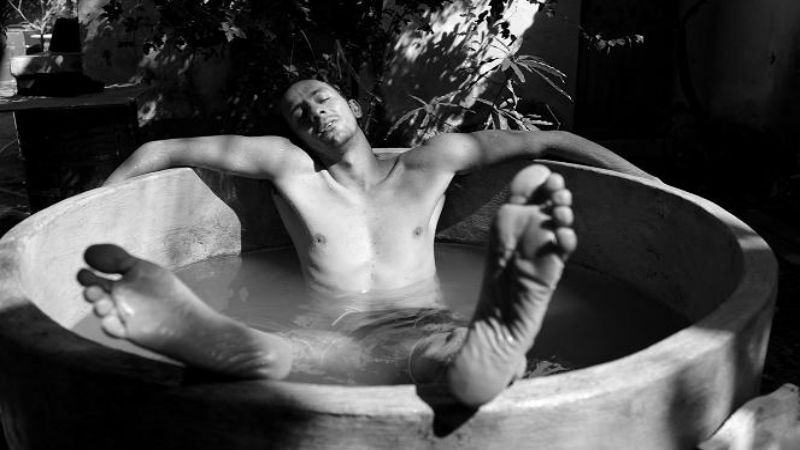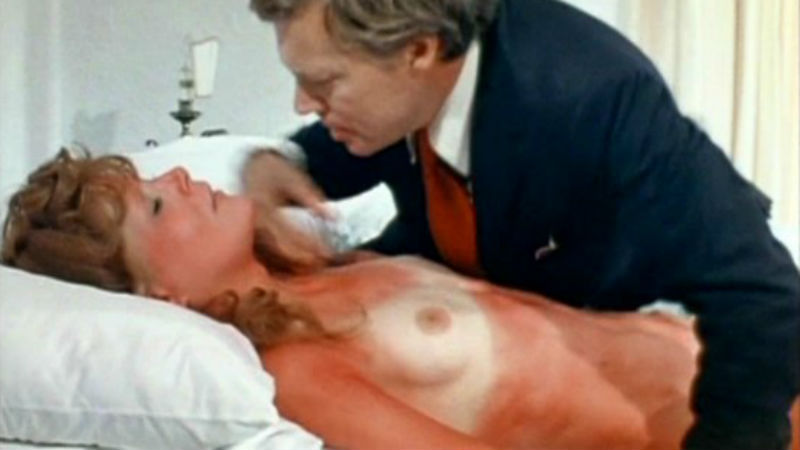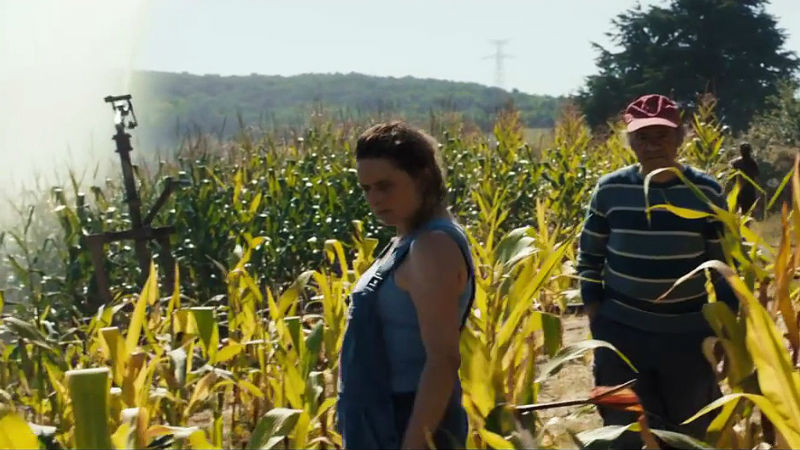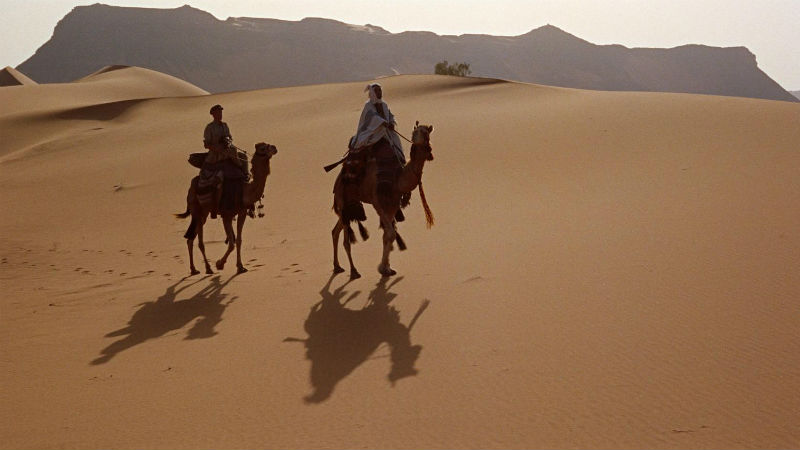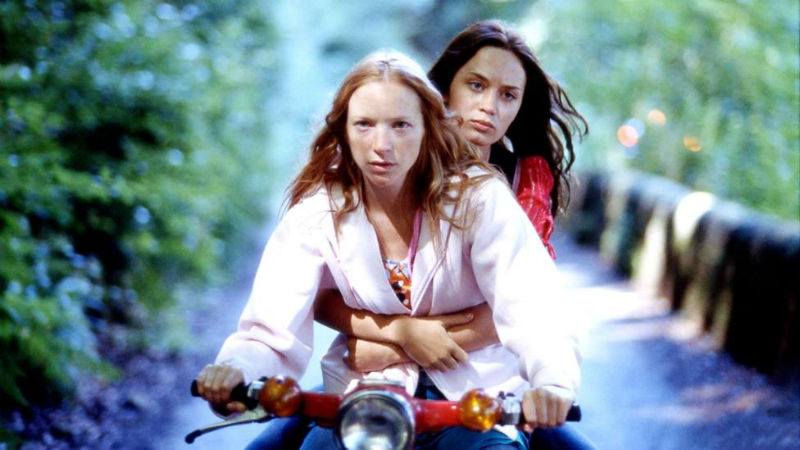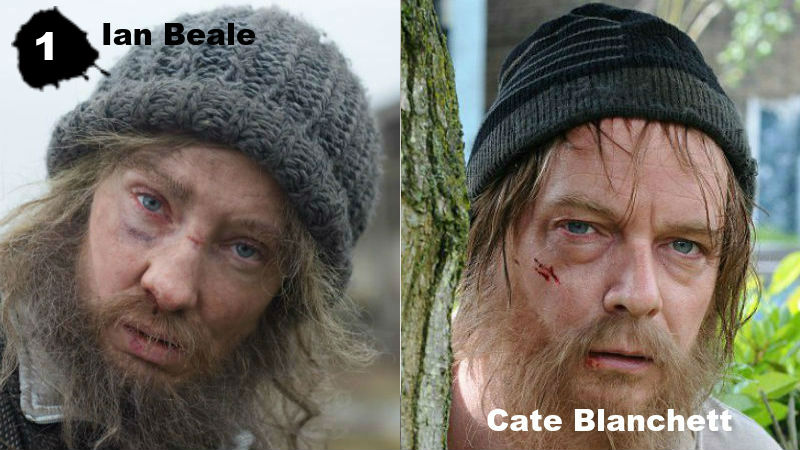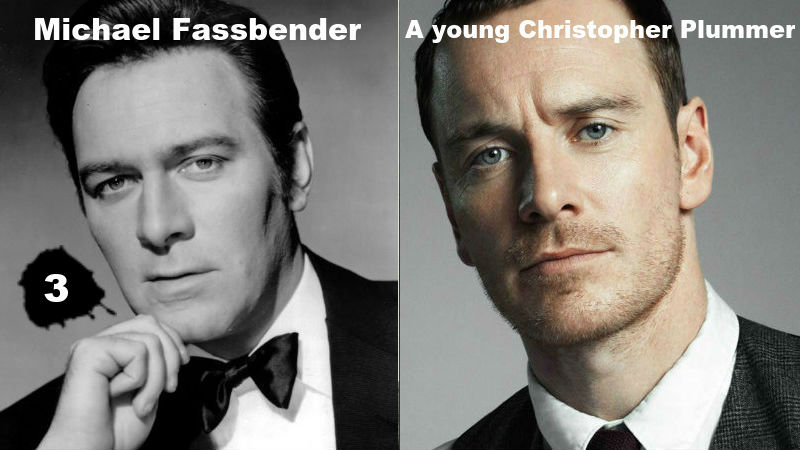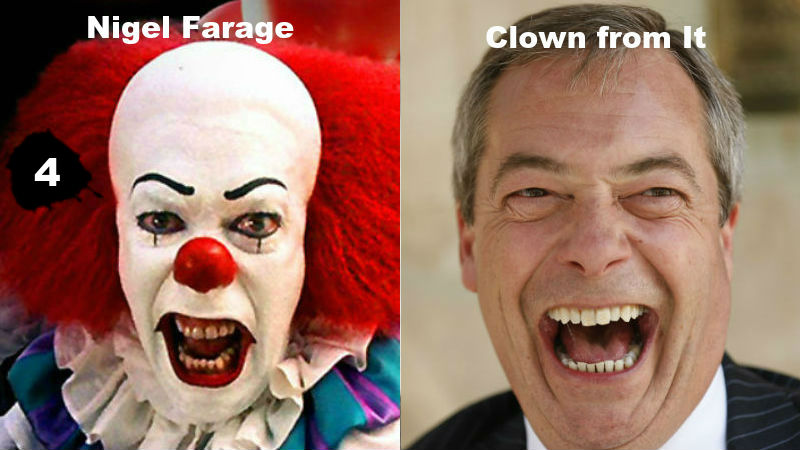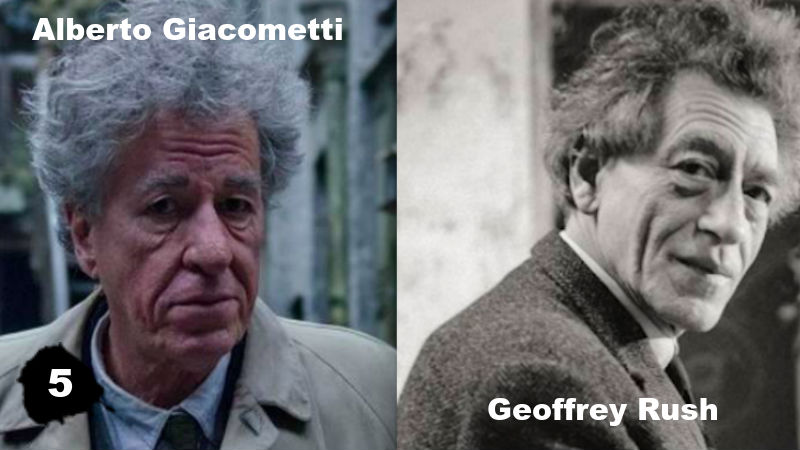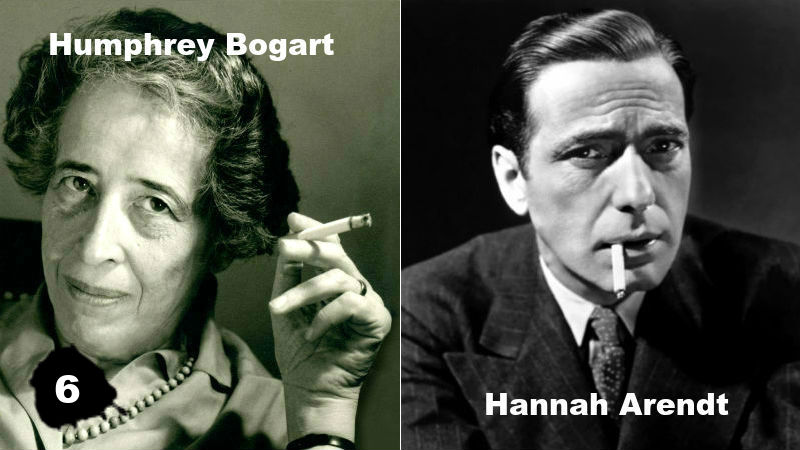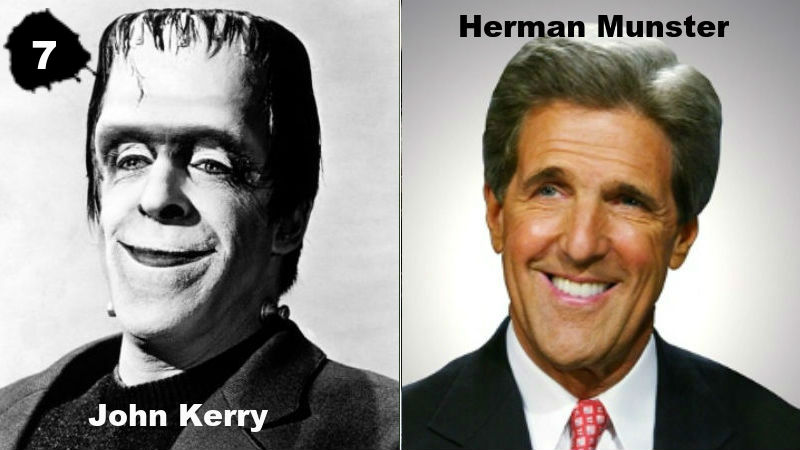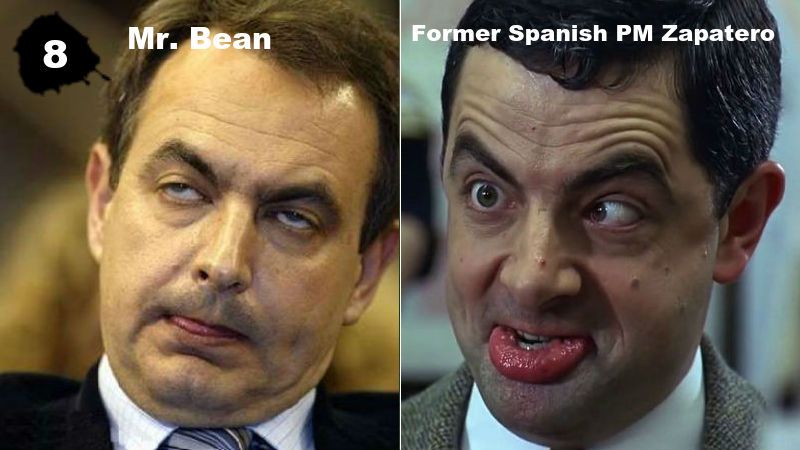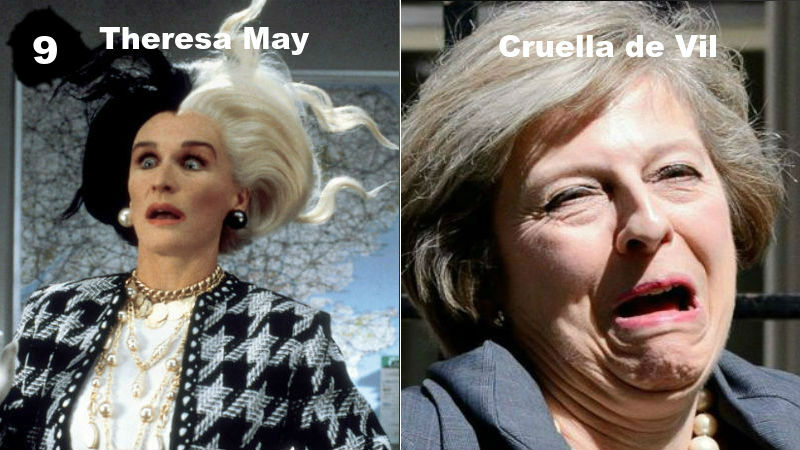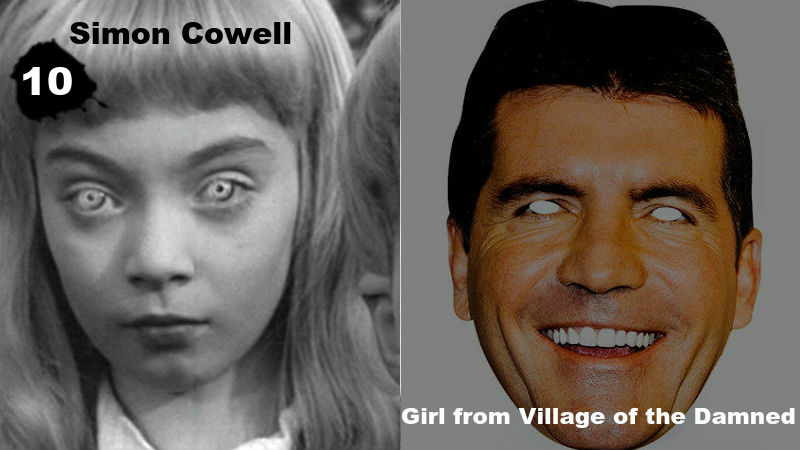The largest film festival in the UK is about to begin. The event programme has already been announced. There are 225 feature films from 77 countries being shown in 14 cinemas across the British capital in just 12 days (from October 10th to October 21st). It’s difficult to decide where to begin. That’s why we have done the homework for you, and unearthed the top 10 dirtiest gems. That’s because we caught these films earlier this year in Berlin, Cannes and Venice, and so we can recommend them to you with confidence!
Don’t forget to click on the film title in order to accede to the review of each individual dirty gem on the list below:
…
.
1. Touch Me Not (Adina Pintilie, 2018):
his is as close to a tactile experience as you will ever get from a moving picture. Touch Me Not starts with the extreme close-up of a male body, so close you could even count the body hairs. The camera navigates through the unidentified entity: legs, penis, stomach and nipple. This is a suitable taster of incredibly intimate and human film that will follow for the next 125 minutes.
Romanian director Adina Pintilie establishes a dialogue with several real-life characters, in what can be described as a documentary with flavours of fiction, in a roughly congruent arc. Laura, Tómas, Christian and Hanna and Hanna have a very different relation to their sexuality and bodies, and they are all working together in order to overcome their fears and and claim control of their lives.
Touch Me Not premieres in the Festival and it’s out in UK cinemas immediately after on Friday, October 19th.
.
2. U: July 22nd (Erik Poppe, 2018):
On July 22nd 2011 500 young people attending a summer camp in the idyllic island of Utøya, near Oslo, were attacked by 34-year-old right-wing terrorist Anders Behring Breivik. The attack claimed the lives of 77 people, left 99 severely injured and a further 300 profoundly traumatised. It shocked a nation not used to crimes of such dimension. It was the deadliest event in the wealthy and pacific Scandinavian country since WW2.
You would be forgiven for thinking this is an exploitative film trying to reopen painful wounds and to capitalise on fetishised violence. But it’s not. This is an overtly political film, and the Norwegian director Erik Poppe sets the tone in the very beginning on the movie. Kaja talks with her friends, immediately before the shooting begins, and after they hear about the explosion in Oslo. They speculate that the bomb may have been planted by al-Qaeda in response to Norway’s involvement in Afghanistan. They have no idea that the attack is in fact being conducted by a white Norwegian man.
.
3. What You Gonna Do When The World’s On Fire (Roberto Minervini, 2018):
They have been neglected and abused throughout the past five centuries. They are men and women of various generations and with all types of professions, and they share the same burden. The government and the society intended to protect them instead scorns them. They have been hunted down by neo-Nazis, the Ku Klux Klan and other white supremacists. Their walls have been graffitied with the N-word, swastikas and calls for ethnic cleansing. But they’re still alive! Italian filmmaker Roberto Minervini captures the apocalyptic scenario that many Afro-Americans from the Deep South have to confront daily.
What you Gonna Do When the World’s on Fire? is shot in black and white using with an Arri Alexa camera with a large depth of field (deep focus). In other words, the images in the foreground, middle-ground and background are all in focus. In a way, this is reminiscent and nostalgic of the neo-Realism aesthetics.
.
4. Yomeddine (Abu Bakr Shawdry, 2018):
This is probably as close as you will ever get to a leper. Leprosy has been eradicated in most parts of the planet, but still persists in some of the most impoverished countries. The highly contagious disease is immediately associated with removal from society and seclusion. Yet you won’t regret you came into contact with these adorable human beings. Yomeddine gives you the opportunity to embrace, look into the eyes and deep dive into the hearts of these outcasts.
The story starts out in a colony of lepers somewhere in South of Egypt, where Beshay (Rady Gamal) was abandoned 30 years earlier as a child by his father. He has a wife and lives happily with the other members of the colony. There is a real sense of community, and they seem to lead a relatively peaceful existence despite their condition and the abject poverty. Their main source of work and entertainment is a nearby landfill, which they nicknamed Garbage Mountain. Just like the contents of the site, these people have been discarded by society.
.
5. Daughter of Mine (Laura Bispuri, 2018):
Vittoria (Sara Casu) is about to turn 10, and she lives with her doting mother Tina (Valeria Golino) in a happy and and stable household. She befriends Angelica (Alba Rohrwacher), a dysfunctional and promiscuous alcoholic who’s about to be evicted from her own house unless she can raise 27,000 to pay off her debts. At first, it’s not entirely clear what bonds the adult and the child. They seem to have very little in common except for a vague physical resemblance.
Daughter of Mine is set in the barren and oppressively hot Summer of Sardinia, one of the poorest and most remote areas of Italy. Their fishing village looks very precarious and primitive, and untouched by tourists. The houses are old and most of the buildings are derelict, few roads have been paved, and a heavy and brown cloud of dust is lifted by passing cars and motorcycles. The landscape is very arid and golden-hued, just like Vittoria’s hair. This is a sight many people would not associate with a European country, but instead with a developing nation in Africa or South America.
.
6. Pixote (Hector Babenco, 1980):
Possibly the dirtiest Brazilian film ever made, Pixote is now nearly 40 years old.
Pixote isn’t just a denunciation of poverty. It goes much deeper, revealing the sheer cruelty of a system that legitimates and perpetuates violence. Drug lords hired minors to sell drugs or rob banks because they would not face criminal action. If caught, they would spend some time in a police or a Febem reformatory, being freed at the age of 18 without a criminal record.
Pixote opens with intense music and no imagery. The symbolism of darkness continues throughout the film. Nothing is lighthearted: boy rapes boy, prison wards are corrupt, Pixote smokes, sniffs glue and kills. The colours of life in the margin are not bright. Even the brothels are somber. There are no red neon lights. The prostitutes Silvia and Debora are unstylish and downtrodden. They are cheap.
.
7. The Image Book (Jean-Luc Goddard, 2018):
The Image Book was shot for almost two years in various Arab countries, and it is being marketed as “an examination of the Arab world”. In reality, the film is a collage of film and political references, some easily recognisable and others completely random and bizarre, with some voice-over. You will see extracts from Todd Browning’s Freaks (1932), Pasolini’s Salò (1975), familiar faces such as Joan Crawford and Gérard Depardieu, allusions to the Bolshevik Revolution, to Rosa Luxembourg, and so on – all in line with the director’s left wing convictions. There is no narrative whatsoever, and the Arab theme is only addressed in the final third of this 82-minute movie.
The jump cuts, the faux raccords, the cacophony and the many other devices crafted by the director himself half a century ago are used in abundance. English subtitles suddenly disappear, and often don’t even entirely match the original in French. Dialogues in German, English and Italian are entirely devoid of subtitles. Text on the screen is illegible, very much à la David Carson. Colours are inverted, and negative footage is conspicuous. The image size switches back and forth to various shapes and formats. The French film itself (“Le Livre d’Image”) is a pun suggesting that the image is free. It all makes Alexander Kluge seem square and boring. Exactly as you would expect from Godard.
.
8. Happy as Lazzaro (Alba Rohrwacher, 2018):
The story starts in the impoverished and aptly-named rural town of Inviolata (Italian for “inviolable”), where a group a group of peasants work as sharecroppers in conditions analogue to slavery for the pompous Marquise De La Luna and her son the eccentric Marquis De La Luna. The decrepit buildings and working conditions suggest that the town is in the South of Italy, although its exact location is never revealed. Lazzaro helps both the peasants and the bosses without drawing much attention to himself. He’s prepared to do anything for this people. He will offer his very blood is asked to do it.
Suddenly, De La Luna’s “great swindle” is uncovered. She’s arrested and the farm abandoned. The peasants move to the city in search of pastures green. Then the film moves forward several years. The actress Alba Rohrwacher, who happens to be the director’s elder sister, plays different characters at the different times. Everyone ages. Except for Lazzaro. He looks exactly the same; even his plain clothes remain unchanged.
.
9. The Angel (Luis Ortega, 2018):
Carlitos (Lorenzo Ferro) has the face of Macaulay Culkin, the lips of Angelina Jolie and the hair of an angel. Yet he epitomises evil. He’s a staunch robber and serial killer. He doesn’t believe in ownership of goods, and so he will steal anything that comes his way, ranging from cars and posh mansions to a gun store. He also has a profound disregard for life, and so he will kill just about anyone who stands in his way. The action takes place in 1971.
Carlitos befriends the dark-haired and also extremely good-looking Ramon (played by Chino Darin, son of Argentinian über-actor Ricardo Darin), who soon becomes his partner in crime. Ramon’s parents also become enthusiastic accomplices. Angel’s parents Aurora (Cecilia Roth) and Hector (Luis Gnecco), on the other hand, suspect that their son is up to no good, and do not approve of his behaviour. But there’s little they can do in order to stop their deviant and untrammelled angel.
.
10. Dogman (Matteo Garrone, 2018):
In some unnamed and extremely impoverished coastal town in the South of Italy, Marcello (Marcello Fonte; pictured at the top of this article) runs a small dog grooming business aptly named Dogman. He is also a part time coke dealer. He befriends a Neanderthal thug called Antonio (Edoardo Pesce). Together they engage in a life of petty crimes and nights out. They seem to complement each other in s very strange way: Marcello is puny, ugly, calm and with a squeaky voice, while Simone is bulky, considerably better-looking, extremely irascible and with a hoarse voice.
Dogman is in cinemas on Friday, October 19th, immediately after its premiere at the BFI London Film Festival.
…
.
and a last minute addition to our list, no less dirty:
Mandy exists as a headfuck, a hallucinatory trip, but it’s one worth taking and experiencing in all its lucid glory. The action takes place in 1983 in the Pacific Northwest of America that seems devoid of people, at least normal people. But we know this is no alternate reality, however much Mandy believes in the supernatural or the otherworldly. President Ronald Reagan appears on the radio rallying against drugs and pornography. If Mandy had been released at the time of Reagan, the moral majority would have flipped at its bent vision of religion and God. Still, the woods, mountains, and lakes are bathed in a fog of dreamy light and aura that offers a sense that weirdness is a norm in these parts.









